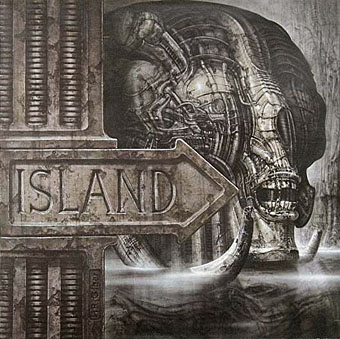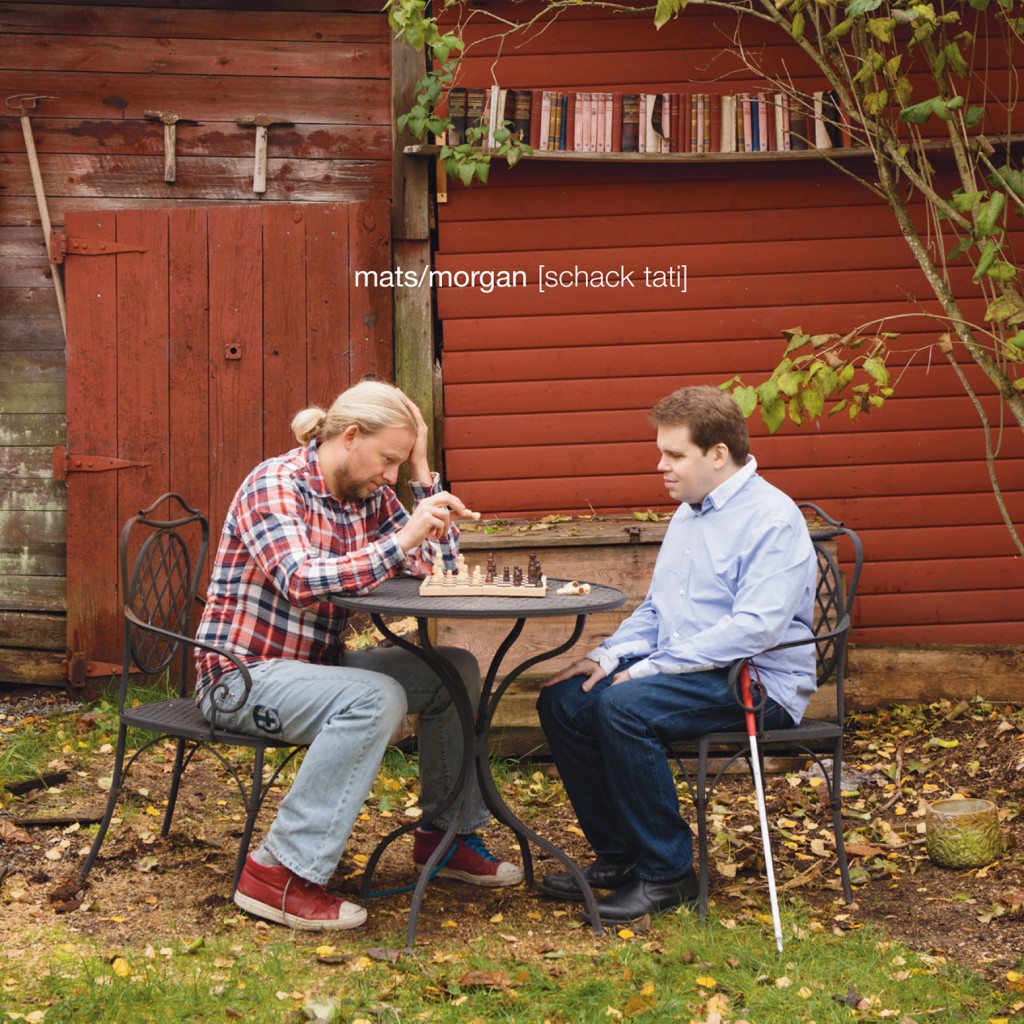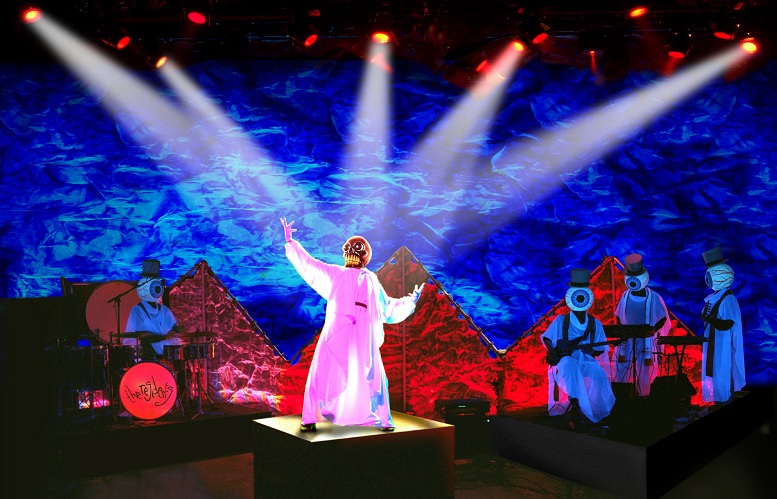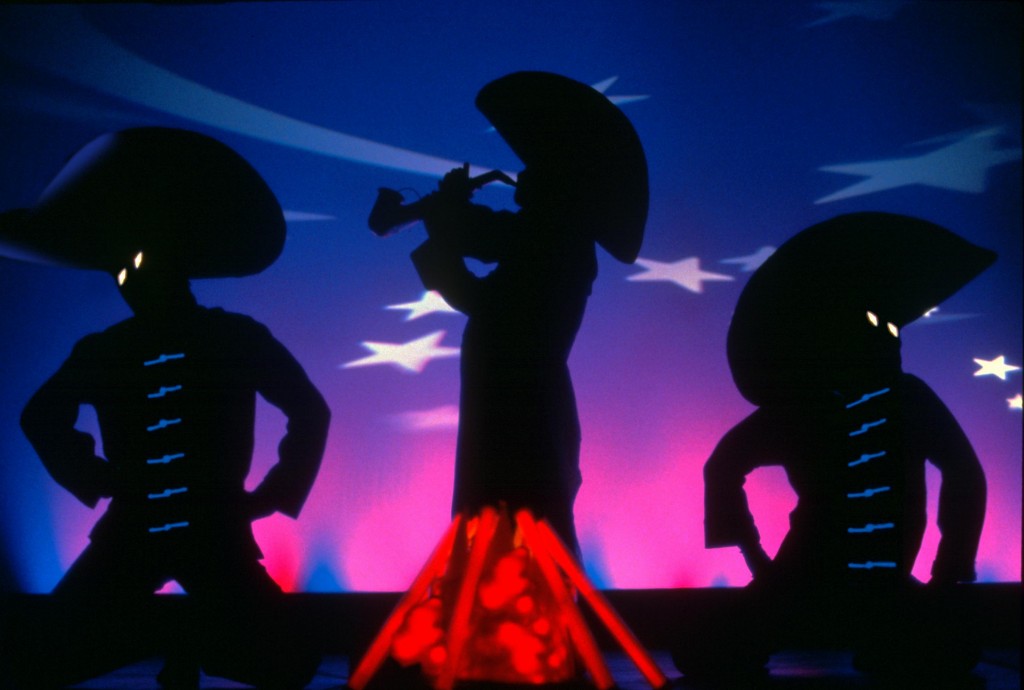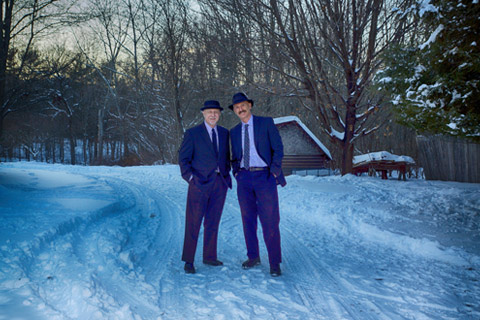The first jazz album I ever bought was Miles Davis’ Bitches Brew. As a jazz neophyte, it was a challenging listen. I saw 15+ minute tracks in the running order and thought this was something I had experience in, given my love of prog rock epics. How naive I was. The album is comprised of six improvised pieces of music with one or two themes being explored throughout; this requires a very different type of listening from what I was used to. Bass lines would loop for ten or so minutes at a time. Producer extraordinaire Teo Macero would perform some of the first instances of sampling by cutting and looping sections of improvised solos, morphing them into recurring melody lines.
The album’s opener is the Joe Zawinul-penned “Pharaoh’s Dance”. Zawinul’s keys flutter amongst drums, percussion and multiple bassists all playing simultaneously, with Bennie Maupin’s woodwinds and John McLaughlin’s guitar fleshing out this ethereal soundscape. And then Miles Davis’ trumpet enters a few minutes in, floating over the top of the mix and quickly gaining a passionate intensity. The music really does simmer like the album’s title implies, and I’ve always associated it since with summer music. The heat of the playing and the free-form nature of it all just made me want to lie back in the sun and chill, in spite of the music’s apparent chaos. It was nothing like anything else I had heard, and I wanted more.
But where would I look? The man with the trumpet had such an enormous back catalogue, that I was incredibly intimidated as where to go next. So I looked to players who I enjoyed from Bitches Brew. Jazz is typically a far more incestuous genre than rock, so tracking players and finding other albums they played on worked incredibly well as a way to get myself more exposure to this otherwise unknown genre to me. Of course, basing this search around Bitches Brew, considered the seminal jazz fusion record, meant the artists and albums I found typically dabbled in that genre. But pushing through I also discovered the beauty of hard bop and beyond.
Below is a chart I’ve made that’s quite personal. It tracks all the artists I’ve discovered that all link back to my first jazz album. These are just the albums I have that I can link back, so it’s far from a definitive list and I’m sure some of you will have plenty more (see: my incredibly small Coltrane collection). Others show artists I have plenty more albums by, but could find only one link with the albums I own (see: Mingus). I’m also not including albums I own, but haven’t really delved into properly yet (e.g. Shakti, Ornette Coleman). All the links are made from me referring to album liner notes or Wikipedia, and I’m hoping both are accurate.
Looking at the graph, it’s interesting how clear some of my obsessions are: Herbie Hancock’s gorgeous keyboard stylings lead to 15 albums (and one song – listed as such because I only have it on a best of compilation). But there were some surprising discoveries, like the relatively direct link from Weather Report to Swedish progressive death metallers Opeth. Anyway, here you have it: Bitch Degrees of Separation.
An interactive map of the graph is available here (FYI it seems a little temperamental in Chrome). Otherwise, click on the graph below for a closer look.

